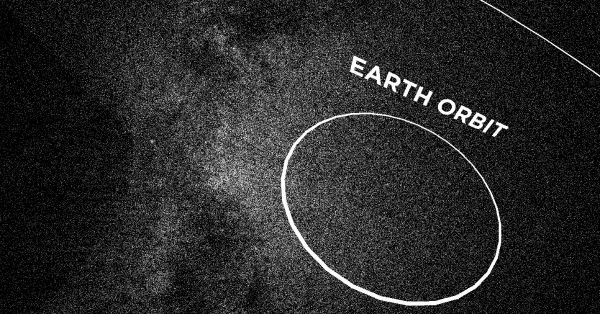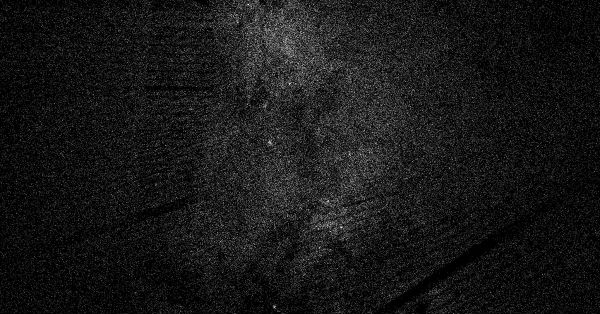 For most people, torrents are associated with downloading the latest Hollywood blockbusters or Linux distros, but it does much more than that.
For most people, torrents are associated with downloading the latest Hollywood blockbusters or Linux distros, but it does much more than that.
WebTorrent in particular has opened the door to a variety of innovative uses, as it allows users to share data via torrents in a regular browser.
This still works well for video, but amateur astronomer and creative coder Charlie Hoey had bigger plans. Using new data released by the European Space Agency’s Gaia satellite, he created a 3D map of the galaxy with an accurate positioning of more than two million stars.
The starmap is presented on a single page where people can drag, zoom and pinch through the galaxy, exploring stars thousands of light-years away.
“To my knowledge, this is the first realtime 3D simulation of the data from the Gaia project, though other WebGL visualizers for astronomical data have come before,” Hoey tells TorrentFreak.

The map features 2,026,094 stars that are all located in their correct 3D position. This is much more than the 100k star visualizer Google made based on data from Gaia’s predecessor mission Hipparcos.
In addition, the new starmap is WebVR enabled which opens up a lot of new interactive possibilities. Making the galaxy less abstract is one of the powers of the visualisation, according to Hoey.
“For me, seeing the positions of stars in 3D makes them feel less like abstractions and more like real, tangible places in space. It also makes earth feel small and far away and insignificant, which in 2016 is a warm, calming sensation,” he says.
Gaia’s dataset is far from complete and many more gigabytes of data are likely to be released in the future. This is where the WebTorrent aspect comes in.
After a lot of work, Hoey was able to trim down the database to the bare essentials, which is still 24 megabytes. This wouldn’t be a problem to show to just one person, but when hundreds or thousands flock to the site all at once, it may be hard to handle.
“I didn’t want to be on the hook to pay for a CDN if it got popular, but I also didn’t want people to have a bad experience if there were bursts of visitors. WebTorrent was kind of a perfect fit,” Hoey tells us.

With WebTorrent, traffic isn’t a problem as everyone who accesses the page automatically shares the data with other visitors. This even works in most popular mobile browsers.
“It’s been shockingly reliable, I’ll definitely be using it again for other projects,” Hoey notes.
“I could see a point where you don’t really have to worry about CDNs anymore in some situations. As long as you host a permanent seed or two, you can let the torrent autoscale and distribute your hosting for you. This was my first experiment with it, and amazingly it appears to actually just work.”
Talking about future projects. To make the starmap even more immersive, Hoey is developing a VR experience called Up There. This will allow people to explore a room-sized simulation of some of the data, and interact with and learn about any of the stars within it.
WebTorrent creator Feross Aboukhadijeh is really happy to see people using his tool in such diverse ways and hopes more and more developers will follow.
“This was the vision for WebTorrent from the very beginning, to make torrents really easy and lightweight to work with, so developers can use them in really interesting new ways in the browser. Really excited by these novel uses of WebTorrent,” Aboukhadijeh says.
“In my humble opinion, this is how we make P2P technology win. It’s gotta be just as easy to use as a centralized solution, but provide extra benefits, like bandwidth savings and speed improvements. And it has to work with today’s web browsers.”
The 3D simulation can be seen in its full glory here, and those who are interested in how it was created should read the extensive article Hoey published on Medium.





